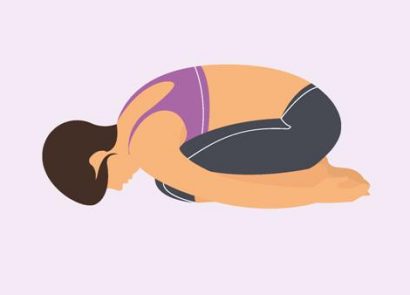Recovery doesn’t begin and end when your workout stops. In fact, what you do after exercise can have just as much impact as the session itself. Whether you’re lifting weights, running long distances, or just getting into fitness, supporting your body as it rebuilds is key to avoiding burnout and injury. Here are 10 simple but effective ways to help your muscles recover faster, feel less sore, and get ready for your next session.
1. Prioritise Sleep
This is often overlooked, but your body does most of its repair work while you sleep. Deep rest allows muscle fibres to rebuild stronger and more resilient.
Aim for 7 to 9 hours a night, and try to keep a consistent routine, because quality matters just as much as quantity.
2. Stay Hydrated
Water plays a major role in flushing toxins and transporting nutrients. Even slight dehydration can delay recovery and increase muscle cramping.
After a tough session, drink plenty of water, and don’t forget that your body may need more fluids if you’ve sweated heavily.
3. Refuel with the Right Nutrients
Post-workout nutrition is about more than just protein shakes. Your muscles need:
- Protein to repair torn fibres
- Carbohydrates to refill depleted energy stores
- Fats to support hormone function
Whole foods like eggs, oats, chicken, nuts and leafy greens offer a strong base. If you’re short on time, a balanced recovery shake can help.
4. Use Active Recovery
Rest days don’t have to mean total inactivity. Gentle movement increases circulation and helps reduce muscle stiffness.
Some great active recovery options include:
- Walking or light cycling
- Yoga or stretching sessions
- Swimming or low-impact cardio
The goal is to move without putting further strain on tired muscles.
5. Incorporate Wellness Solutions
Recovery isn’t just about stretching and protein shakes – the right wellness solutions can seriously improve your recovery game.
Some of the most effective modern tools include:
- Air Purifiers – improve indoor air quality, especially useful during rest and sleep, which aids recovery
- Hyperbaric Chambers – deliver oxygen-rich air under pressure, helping speed up tissue repair and reduce inflammation
- Red Light Therapy Beds – promote cellular repair and circulation through targeted light wavelengths
- Cryotherapy – reduce muscle inflammation and speed up healing by exposing the body to extreme cold for short bursts
- Ice Baths – a classic recovery tool that eases soreness and helps reduce lactic acid build-up
Many gyms and recovery centres now offer these services, or you can invest in compact versions for home use.
6. Don’t Skip Your Cool Down
Finishing a workout and walking straight to your car might feel efficient, but skipping a cool down can increase muscle soreness later.
A 5–10 minute light stretch or gentle cardio helps bring your heart rate down and begins the recovery process before you even leave the gym.
7. Consider Supplements
While real food should always be your main source of nutrients, supplements can help when your diet is lacking.
Some commonly used recovery aids include:
- Magnesium (for muscle relaxation and cramp prevention)
- Omega 3s (to reduce inflammation)
- Protein powders (for convenience)
Speak to a professional before starting anything new, especially if you’re already on medication or training intensely.
8. Track Your Recovery
Apps, wearables, or even a simple notebook can help you monitor how your body responds to different training volumes.
You can log things like:
- Muscle soreness
- Resting heart rate
- Sleep quality
- Mood or energy levels
Spotting patterns early can help prevent overtraining or injury.
9. Space Out Your Workouts
Training hard every day without enough rest won’t build strength faster, it’ll slow you down. Muscles need at least 24 to 48 hours to recover, especially after heavy resistance sessions.
Split your workout routine by muscle group or intensity to give each area enough time to recover before hitting it again.
10. Listen to Your Body
This is the most important rule of all. If something feels off, extreme fatigue, joint pain, or unexpected soreness, don’t push through. Rest, recover, and come back stronger.
A consistent training routine is only sustainable if you’re not constantly sidelined by injury or exhaustion.
Taking Your Gym Performance to the Next Level
Muscle recovery isn’t a luxury, it’s part of the process, and if you want long-term progress, fewer setbacks, and better overall performance, giving your body the time and tools to repair is essential.
Try incorporating just a few of these tips into your routine and see how much better you feel between workouts. And if you’re exploring new wellness solutions to take your recovery further, make sure they support your training goals, not just trends.




















